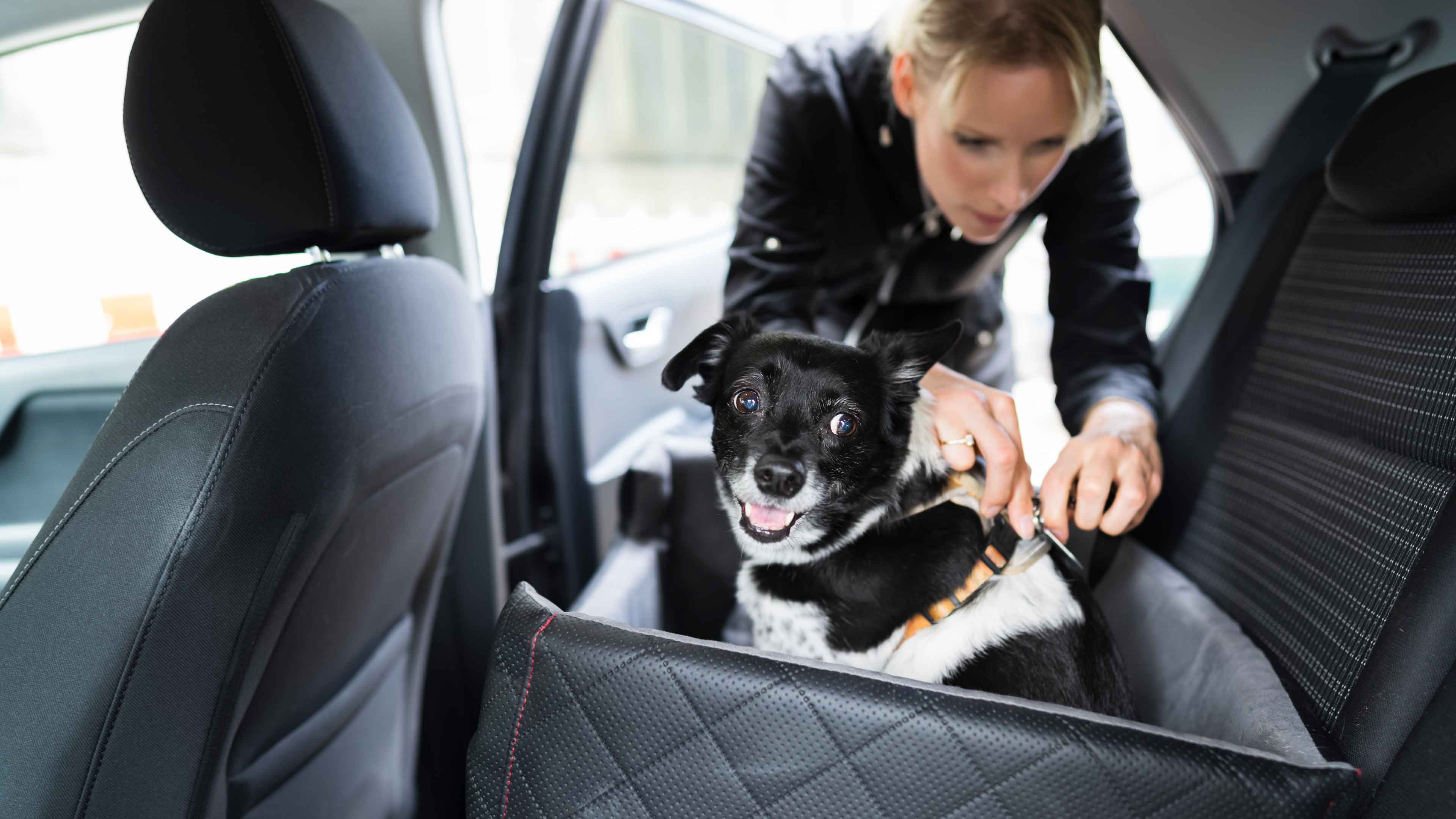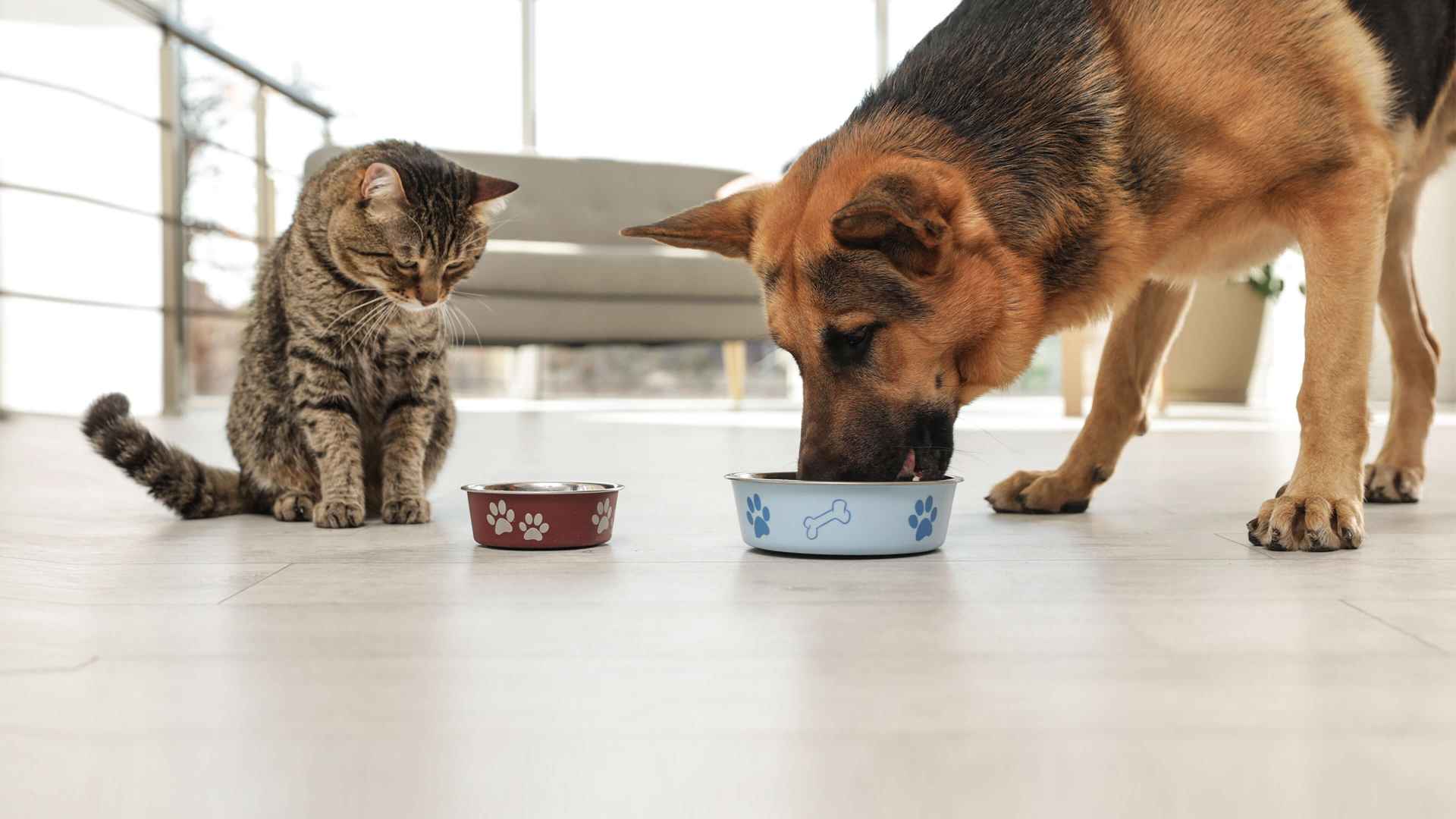how to support your dog with car sickness
Dogs can get car sickness, also known as motion sickness, just like their human owners. Young dogs are particularly prone to motion sickness as their sense of balance isn’t fully developed yet. But dogs of any age can get motion sickness, especially if they’re anxious about getting in the car.
Below we’ll dig into the signs of motion sickness in your dog and how to support them on your next car trip.
Signs of motion sickness
Vomiting is a clear sign that your pet might have trouble in the car, but that’s not the only sign.Whining, pacing, drooling, lethargy, trembling, and defecation can also be signs that your dog is struggling with a moving car.
Your dog might even show hesitancy or refusal to get in the car.
How to support your pet
If you think your dog has motion sickness issues, there are several ways to support your pet.
- Try putting your pet in the back seat where there is less motion (and with a pet restraint to keep them safe)
- Keep the car at a comfortable temperature — not too warm and not too cold
- Bring familiar toys or blankets that provide comfort to your pet
- Avoid feeding your dog before you go for a road trip as that could make them nauseous and more likely to vomit
- Talk to your veterinarian about medication that can help with anxiety or motion sickness
- Try taking short trips to help your dog get used to being in the car
Motion sickness can be stressful to see and manage, but with the right tools there are ways to get your dog comfortable with road trips. For more help with a motion sickness game plan, talk with your veterinarian. And for tips on how to safely road trip with your pet, visit our helpful guide here.
 Mites and mange
Mites and mange Podcast - Not Just Fluff
Podcast - Not Just Fluff











